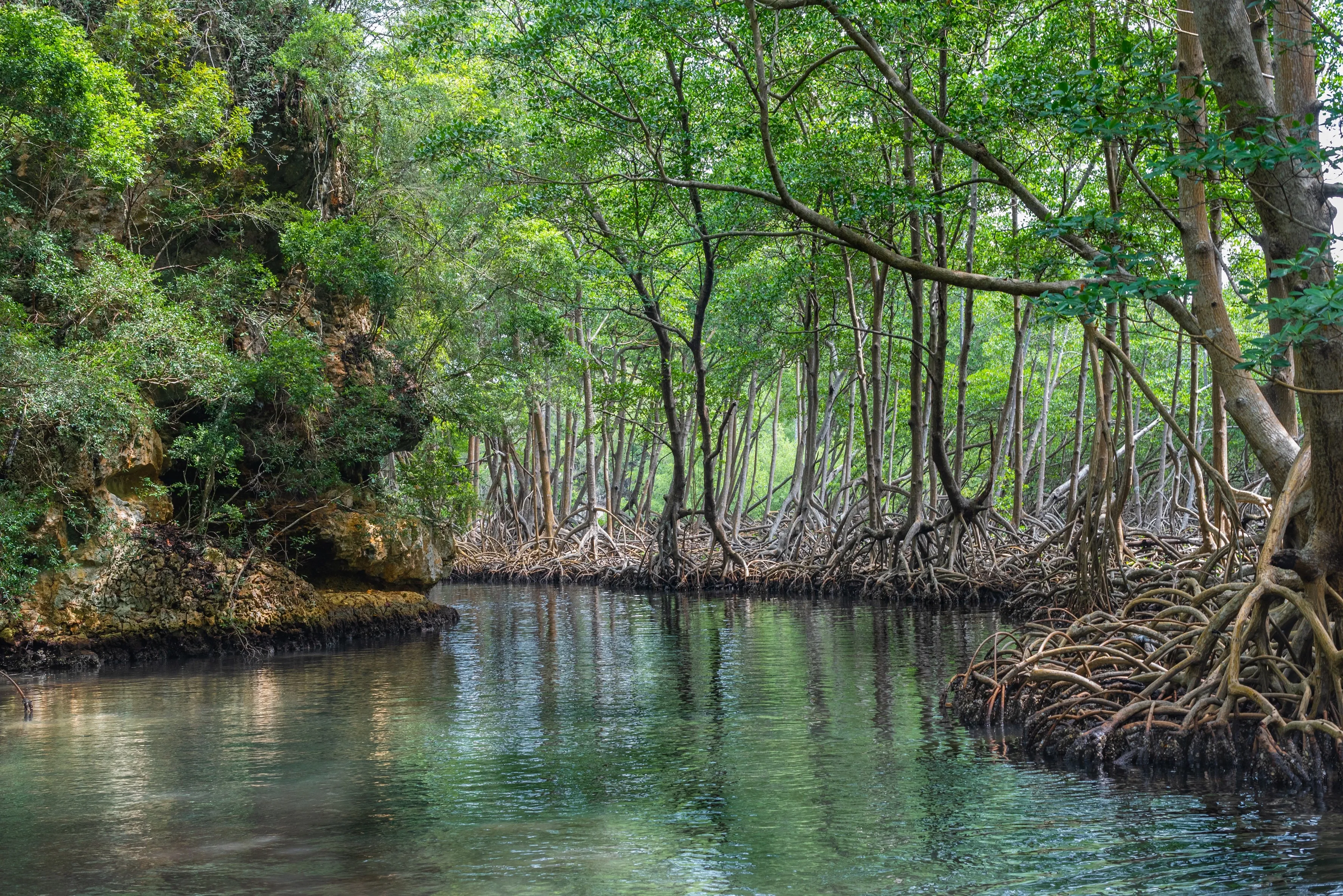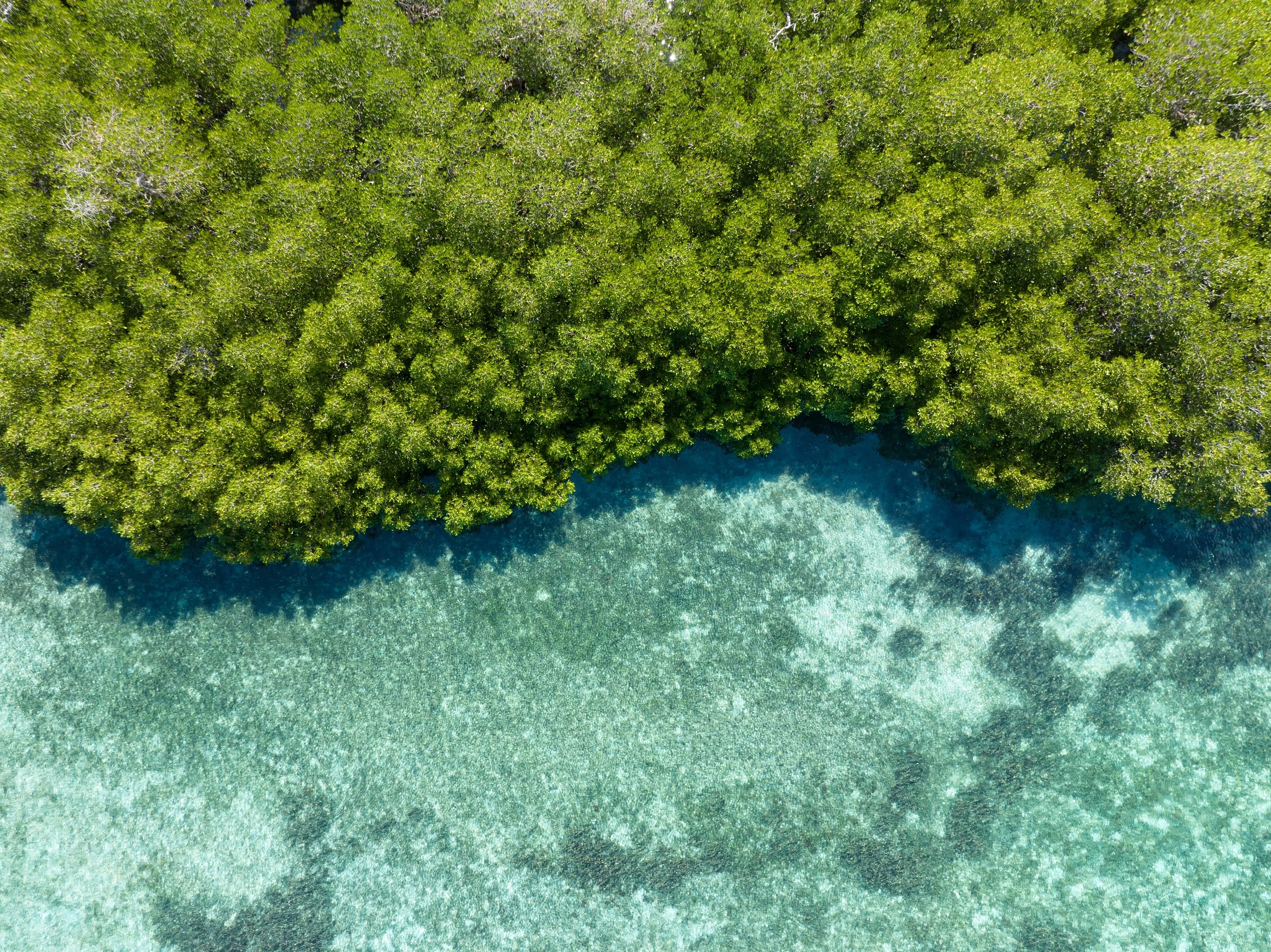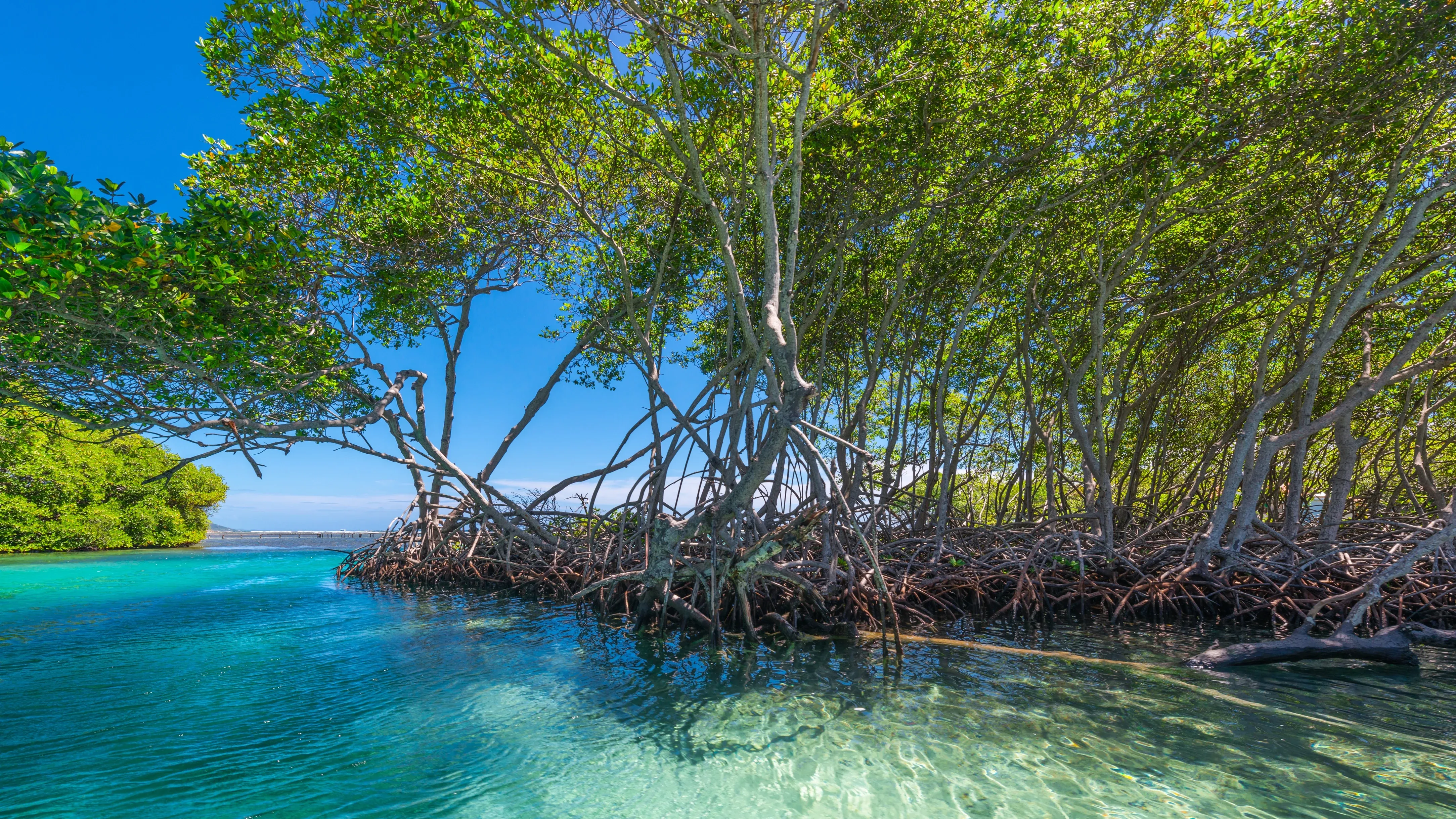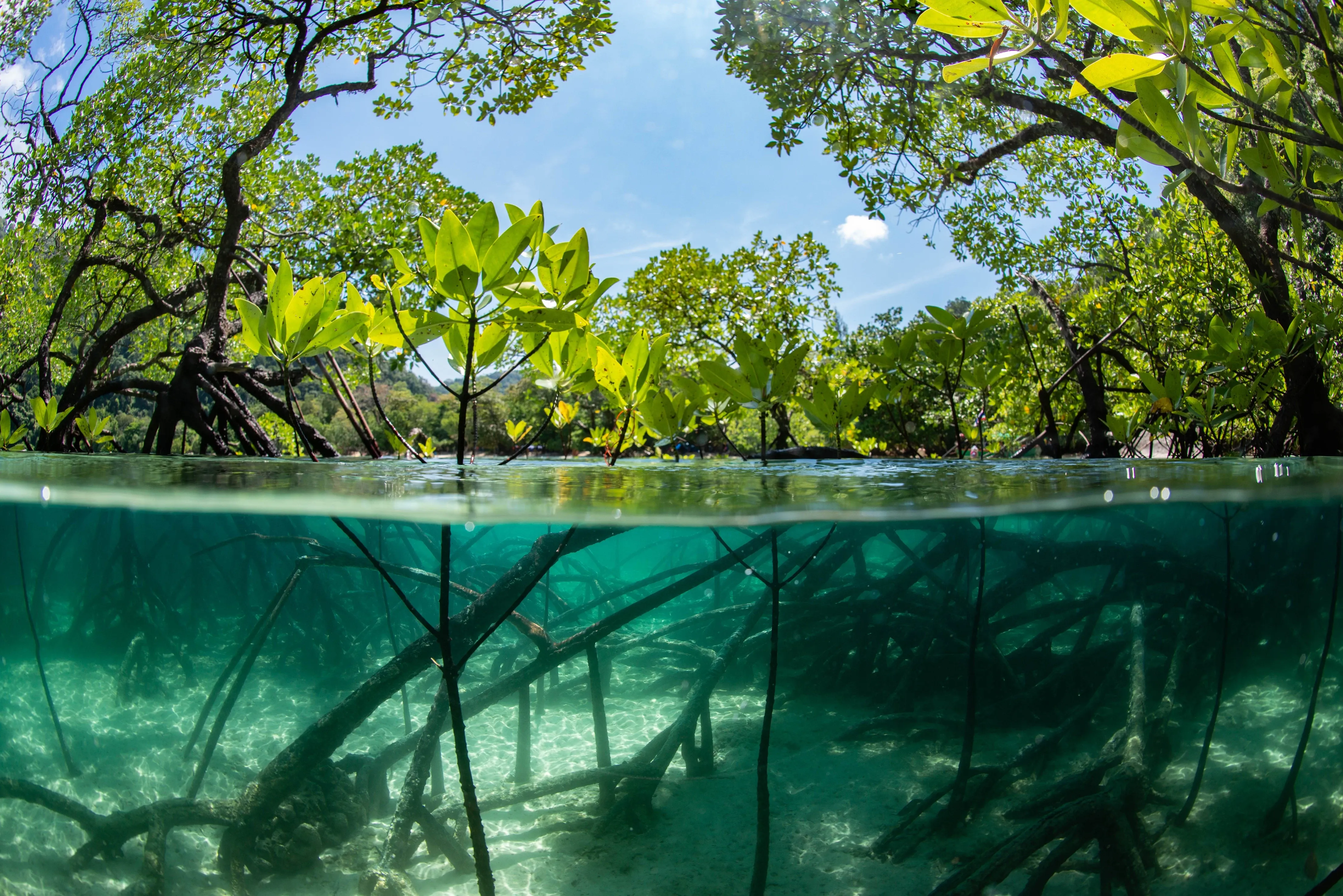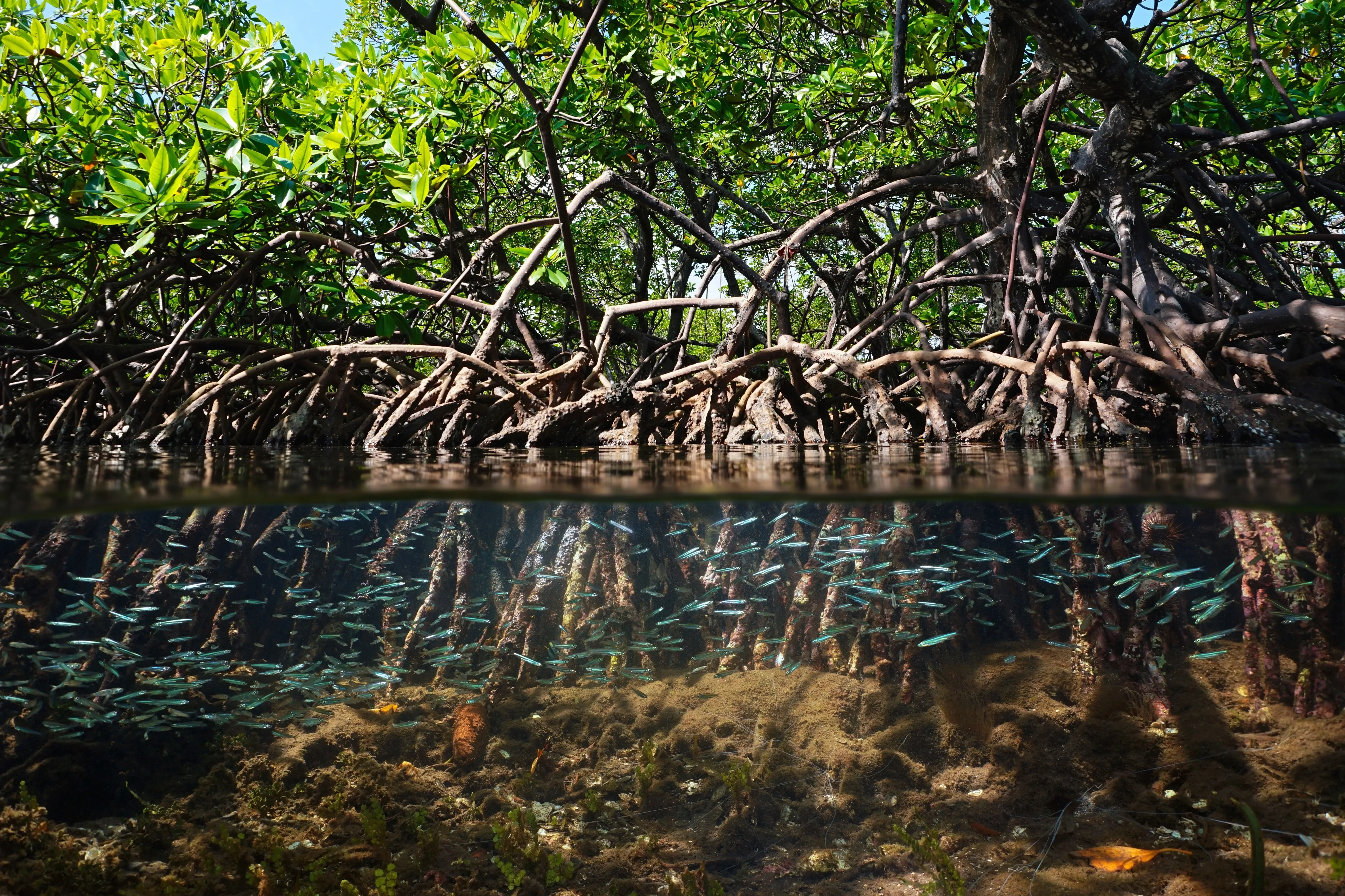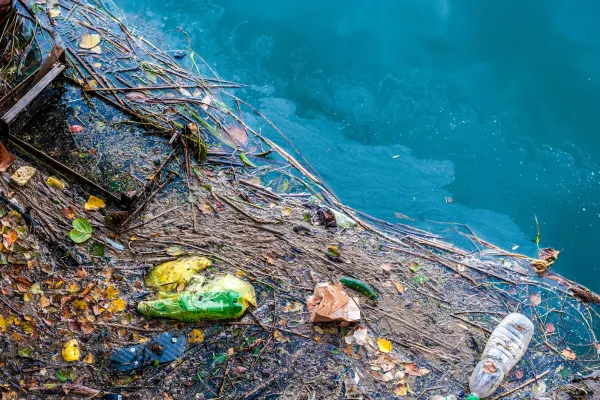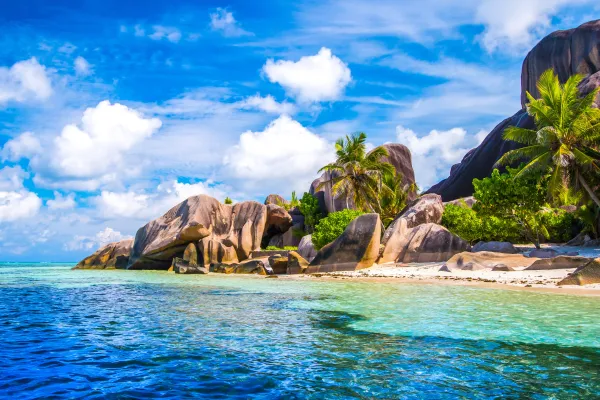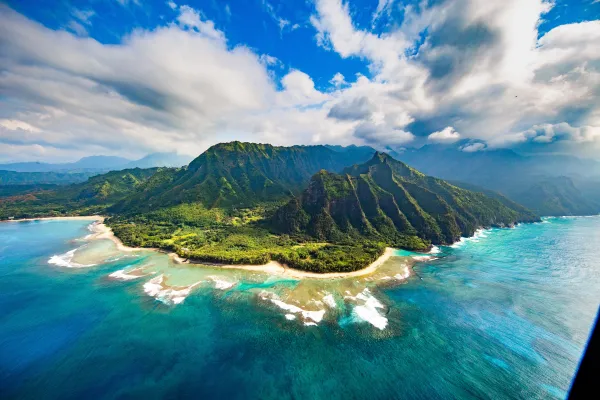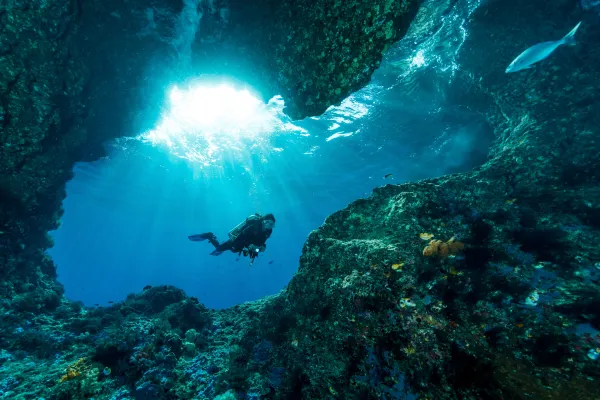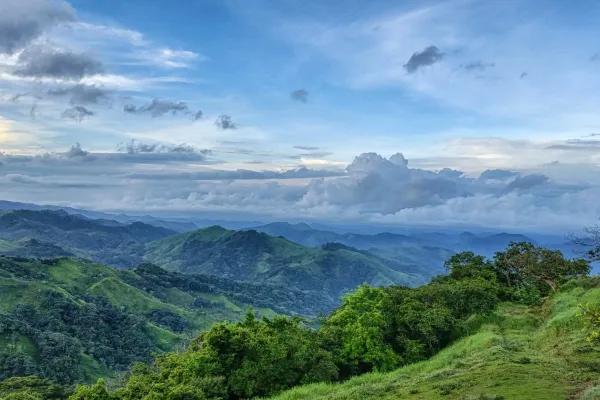Mangrove ecosystems: guardians of coastal health
Mangrove forests form dense, tangled and richly biodiverse ecosystems clustered along the coastlines of the tropics. Besides being a vital habitat for hundreds of species, these enchanting and unique forests provide protection to coasts, prevent erosion, purify surrounding seawater and act as an effective carbon sink.
Despite their stark importance, mangrove forests have been removed across the globe, to make way for coastal developments such as marinas and tourist resorts. Recently, the value of mangroves has become more apparent as climate change impacts grow increasingly intense - this has lead to global efforts to replant and restore mangroves, but there is still a lot of work to be done.
The ecology of mangroves
Mangroves are a complex and unique tropical ecosystem, found in both fresh-intertidal and saltwater zones and formed of a variety of highly specialized plant species. Mangroves form a vital coastal habitat, providing crucial ecosystem services such as carbon sequestration, coastal protection and biodiversity enhancement. They are native to south Asia, eastern and western Africa, northern Australia and South America, with over 80 species of tree adapted to the mangrove niche.
The trees, shrubs and understory vegetation are adapted to living in highly saline conditions, an unusual trait in plants and essential to their survival. Mangrove trees have specialized aerial root systems, with much of their root volume growing above sea-level, to allow uptake of oxygen from the air. They are also equipped with salt glands to facilitate excretion of excess salt, which can damage cells if present in high quantities within an organism. Despite growing in water, due to the presence of salt, plants within mangrove ecosystems are highly susceptible to dehydration. Mangrove trees have waxy leaves which help them to retain water and prevent them drying out, allowing them to thrive in this harsh and challenging environment.
The importance of mangroves
The thick, entangled root system of mangrove forests spans both above and below the water, forming multiple important habitats for a variety of species. Below the surface, in the dark and shady maze of roots and crevices, many fish species such as barramundi, snoops and snappers shelter from currents and feed on the abundance of prey and algae found within the water. The leaves falling from the trees provide a constant source of organic matter, which is decomposed by bacteria and forms a rich, thick mud which mudskippers and mud gobies dwell in. Many species also use the safety of mangrove habitats to breed, lay their eggs, and provide a nursery habitat for vulnerable juveniles.
Above the water is equally as diverse, with otters, and crocodiles skimming the surface for prey, and a variety of monkeys, bats and birds living in the canopy.
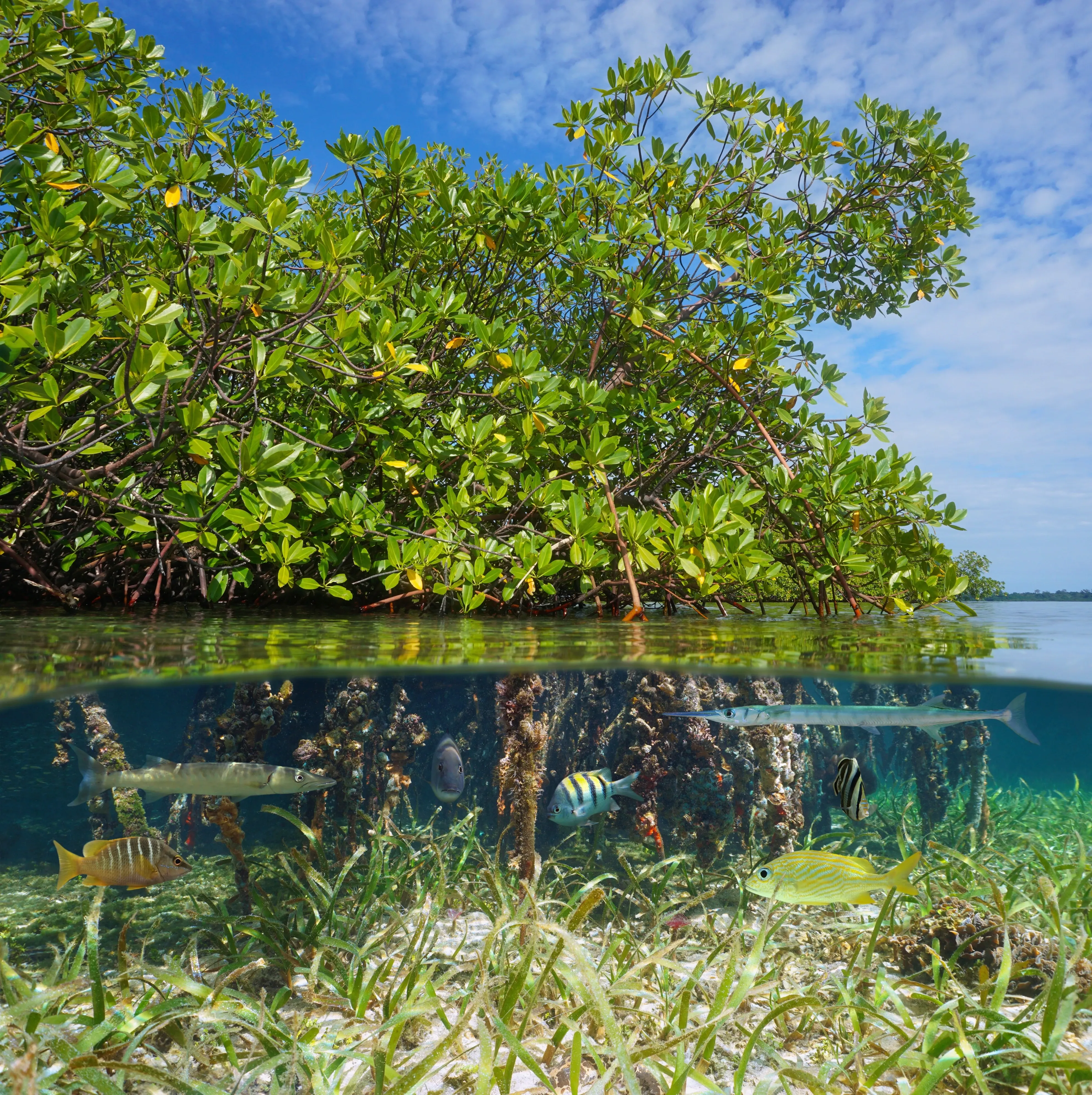
Mangrove ecosystems also provide many important environmental benefits. The vegetation rapidly sequesters carbon dioxide from the atmosphere, contributing to the reduction of global warming, and the roots help to bind sediments together preventing movement of the seabed and maintaining high water clarity by catching particles washed in from the land.
The presence of mangrove forests fringing a coastline also acts as a natural buffer against tropical storms and intense wave energy, reducing the risk of coastal flooding and preventing gradual erosion of the shore. This is hugely important to small coastal and island communities, such as throughout south Asia and the Pacific islands, where many settlements are built on the coastline in flood-risk zones, without the foundations or resources to withstand large storm surges. Having a mangrove forest between a village and the sea creates a dense and dynamic barrier which can slow down or entirely stop flooding of the settlement, saving lives and livelihoods in the process.
Threats to mangrove ecosystems
Despite the stark importance of mangroves to wildlife, people and the wider physical environment, the value of these ecosystems was not recognized or considered until recently. Across the tropics, multiple threats are causing mangrove cover to decline - and the Earth has already lost at least 20% of its original mangrove ecosystem, which is a substantial amount considering the variety of important benefits it provides.
The main threats are due to human activities, namely urban development, aquaculture and pollution. The increase in tourism, particularly to tropical areas, in recent decades has led to higher demand for development of resorts, hotels and tourist facilities - this has unfortunately caused many mangrove forests to be cleared to make space for building.
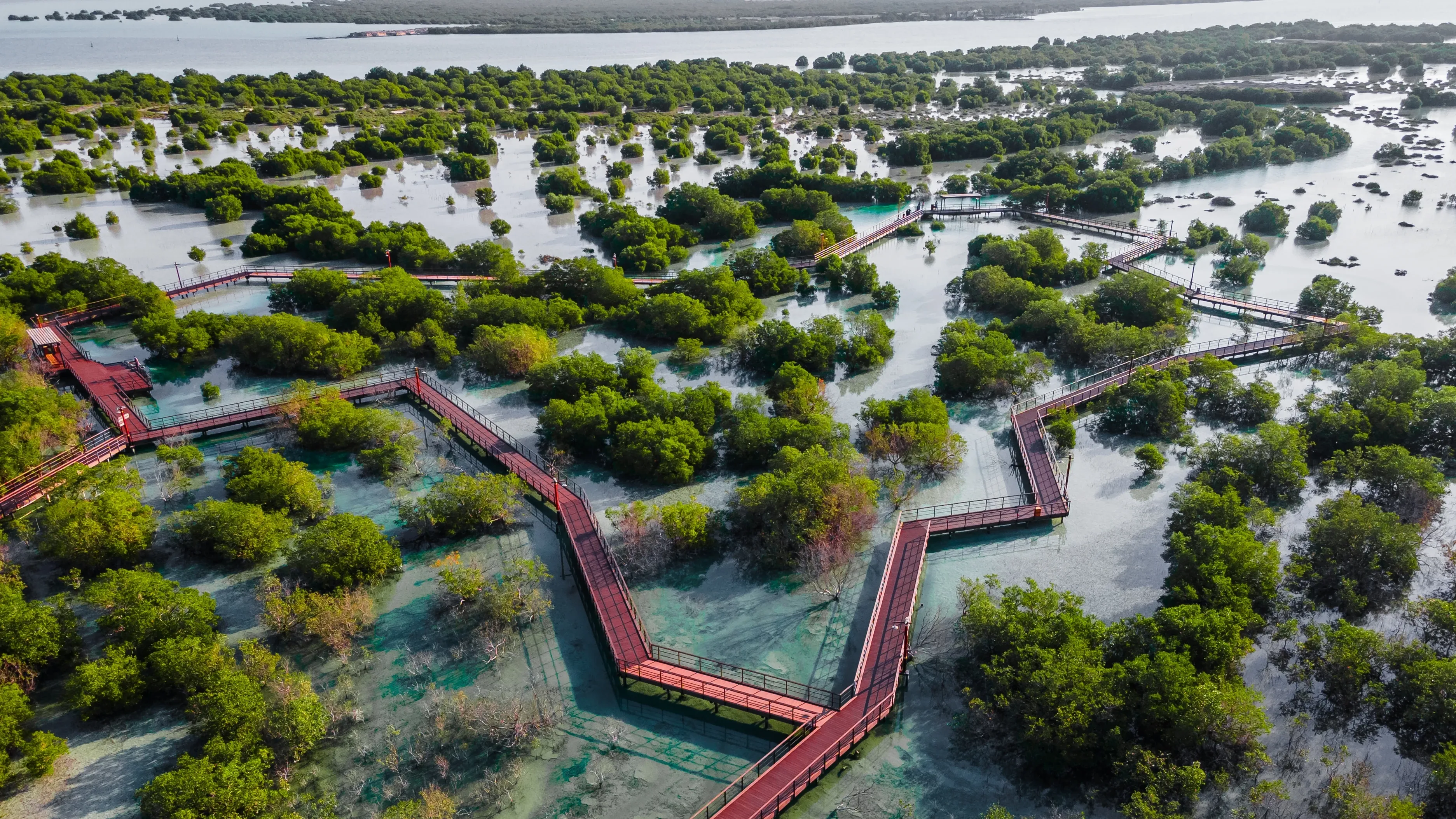
Aquaculture - the farming of marine organisms such as fish and shrimp - is also a large threat to mangroves, as the ecosystems are cleared to make way for expanding aquaculture farms to meet the ever-increasing global demand for seafood. In southeast Asia, prawn and shrimp farms are particularly damaging, causing large amounts of chemical pollution to the surrounding water which is taken up by remaining mangroves with negative impacts on growth and survival.
Sewage and industrial pollution from human settlements also affects mangrove ecosystem health, reducing biodiversity and upsetting the natural balance of food webs and nutrient cycling within the ecosystems. Due to the location within the marine environment, pollution is difficult to monitor and control as it becomes diluted and is easily mobilized over huge areas.
Mangrove conservation initiatives
As climate change continues to alter and impact our environment, mangrove ecosystems are becoming increasingly important. The services they provide to humanity and nature are irreplaceable, and as sea levels rise, storms become more frequent and intense, and biodiversity declines, preserving these invaluable coastal ecosystems is urgent.
There are now many conservation initiatives and restoration projects being implemented across the tropical zone, aiming to replant, restore and protect mangrove ecosystems for generations to come. International collaborations between governments, businesses and communities are also working to create new policies, educational programmes and incentives to increase the prevalence of mangrove conservation and promote its success.
You can contribute to mangrove restoration directly through connecting with conservation organisations and educating yourself on the topic, donating to charities and projects working to replant and restore these ecosystems, and volunteering your time by joining a project and helping to actively plant new mangroves. Advocating for policy changes and raising awareness through petitions, social media posts and word of mouth can make a huge impact on the attention and support given to mangrove restoration. Whilst it is a large task and requires collaboration across the globe, small efforts still make a difference, and your voice is valuable.
As you can see, mangrove ecosystems are true guardians of coastal health.
Sign up for the newsletter
By clicking on “Subscribe now” I will subscribe to the Conscious Explorer newsletter with all the information about mindful travel. Information on the success measurement included in the consent, the use of the shipping service provider MailChimp, logging of the registration and your rights of revocation can be found in our privacy policy.
